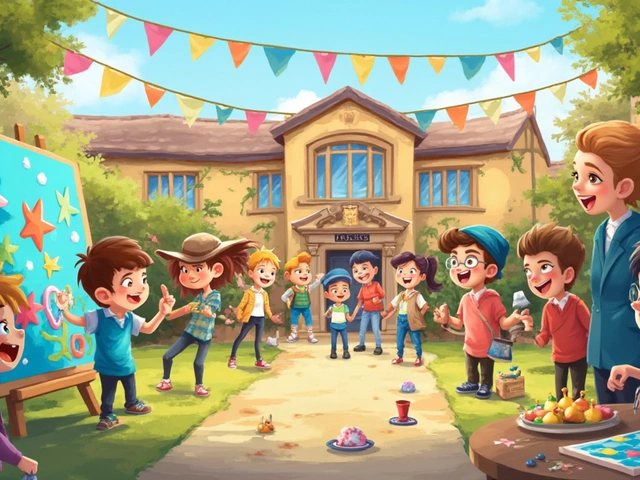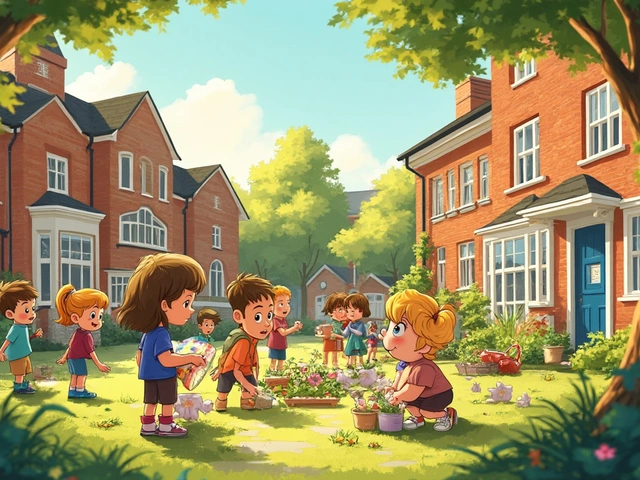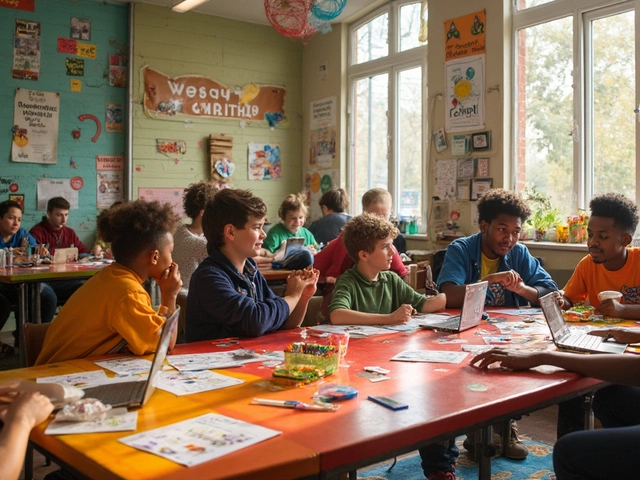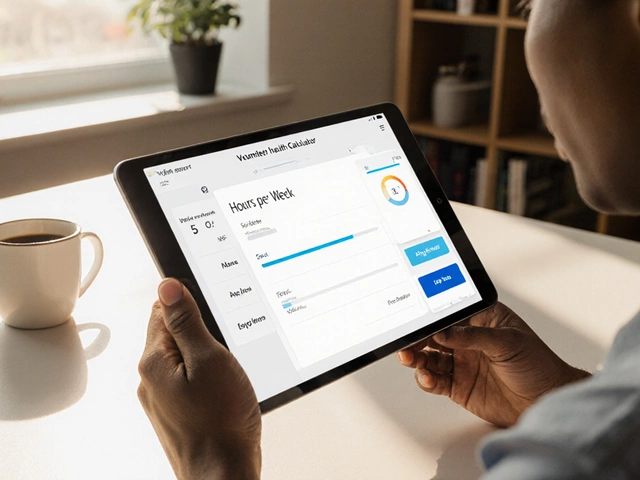Biodiversity Loss: Why It Matters and What You Can Do
Ever walked through a park and wondered why the birds seem fewer each year? That’s a sign of biodiversity loss, and it’s more than just a nature‑watcher’s worry. When plants, insects, and animals disappear, the whole system that gives us clean air, water, and food starts to wobble. Below we’ll break down the basics, show how it affects your day‑to‑day life, and give you clear steps you can take right now.
What’s Driving the Decline?
First off, it’s good to know the main culprits. Habitat destruction tops the list – think of forests cleared for housing, farms expanding, or wetlands drained for development. When a place is ripped apart, the animals that called it home have nowhere to go. Then there’s climate change, which shifts temperature and weather patterns, making it hard for species to adapt. Pollution adds another layer; chemicals in rivers kill fish, while plastic chokes seabirds. Finally, invasive species – plants or animals brought from elsewhere – outcompete native wildlife and push them toward extinction.
How It Hits You Directly
It might feel like biodiversity loss is a distant problem, but it’s actually in your kitchen and your wallet. Crop pollination, for example, relies heavily on bees and butterflies. Fewer pollinators mean lower yields and higher food prices. Fresh water also suffers because forests act like natural filters; when they’re gone, more pollutants end up in our rivers, raising treatment costs. Even medicine draws from plant compounds – lose a species, and you could lose a future cure.
On a personal level, thriving ecosystems boost mental health. A walk in a vibrant park lowers stress, while a barren landscape does the opposite. So protecting biodiversity isn’t just an environmental issue; it’s a health and economic issue too.
Now that you see why it matters, here are five practical things you can start doing today:
- Plant native species. Native trees, shrubs, and wildflowers give local insects food and shelter. A small garden can become a mini‑refuge.
- Choose sustainable products. Look for labels that guarantee the goods weren’t tied to deforestation, like FSC‑certified wood or responsibly sourced seafood.
- Cut down on waste. Recycling and reducing single‑use plastics keep pollutants out of waterways where they harm marine life.
- Support local conservation groups. Even a modest donation or volunteer hour helps protect habitats on the ground.
- Spread the word. Talk to friends, family, or your parish about why biodiversity matters. Community awareness can spark bigger change.
Every action adds up. You don’t need to become a full‑time activist; just making smarter choices in daily life builds a healthier planet for all of us.
At Holy Family Catholic Church Patchway, we believe caring for God’s creation is part of our faith. Join our community events, garden projects, or clean‑up days and put these ideas into practice alongside neighbors.
Remember, biodiversity loss is a sign that something’s off‑balance. By understanding the causes, seeing the personal impacts, and taking simple steps, you can help turn the tide and keep nature thriving for generations to come.
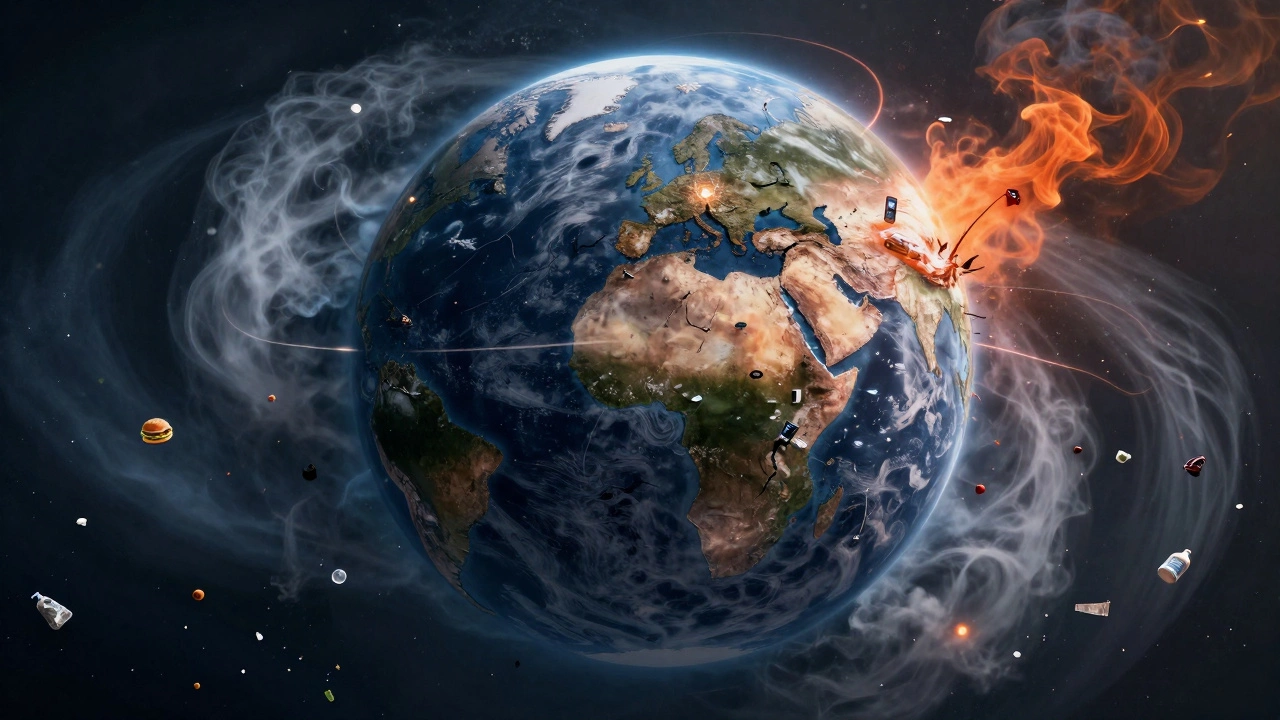
What Is the Greatest Threat to the Earth?
The greatest threat to Earth isn't just climate change-it's human overconsumption driving climate collapse, biodiversity loss, and resource depletion. Here's what's really happening and what actually works.
Read More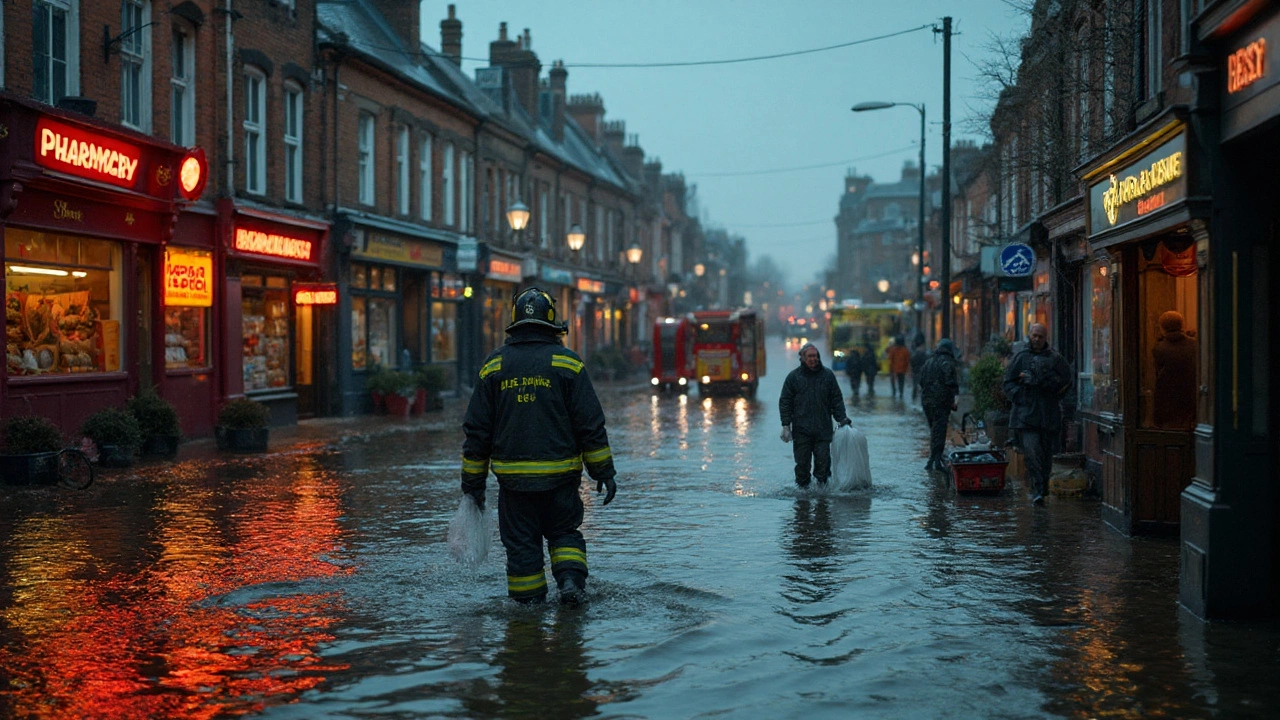
What Is the Biggest Environmental Threat in 2025? Clear Answer, Data, and Actions
Cut through the noise: the biggest environmental threat in 2025, how we know, how it stacks up vs. other risks, and what you can do that actually matters.
Read More
